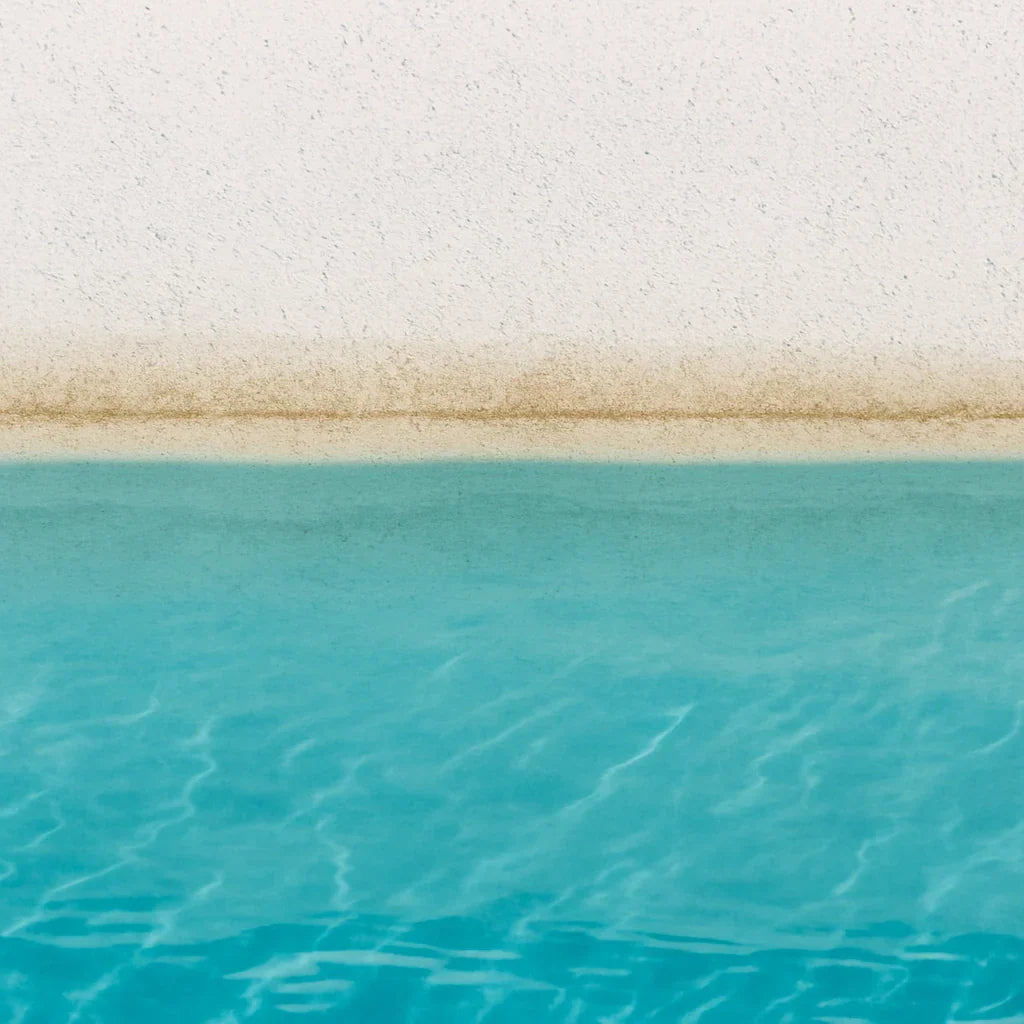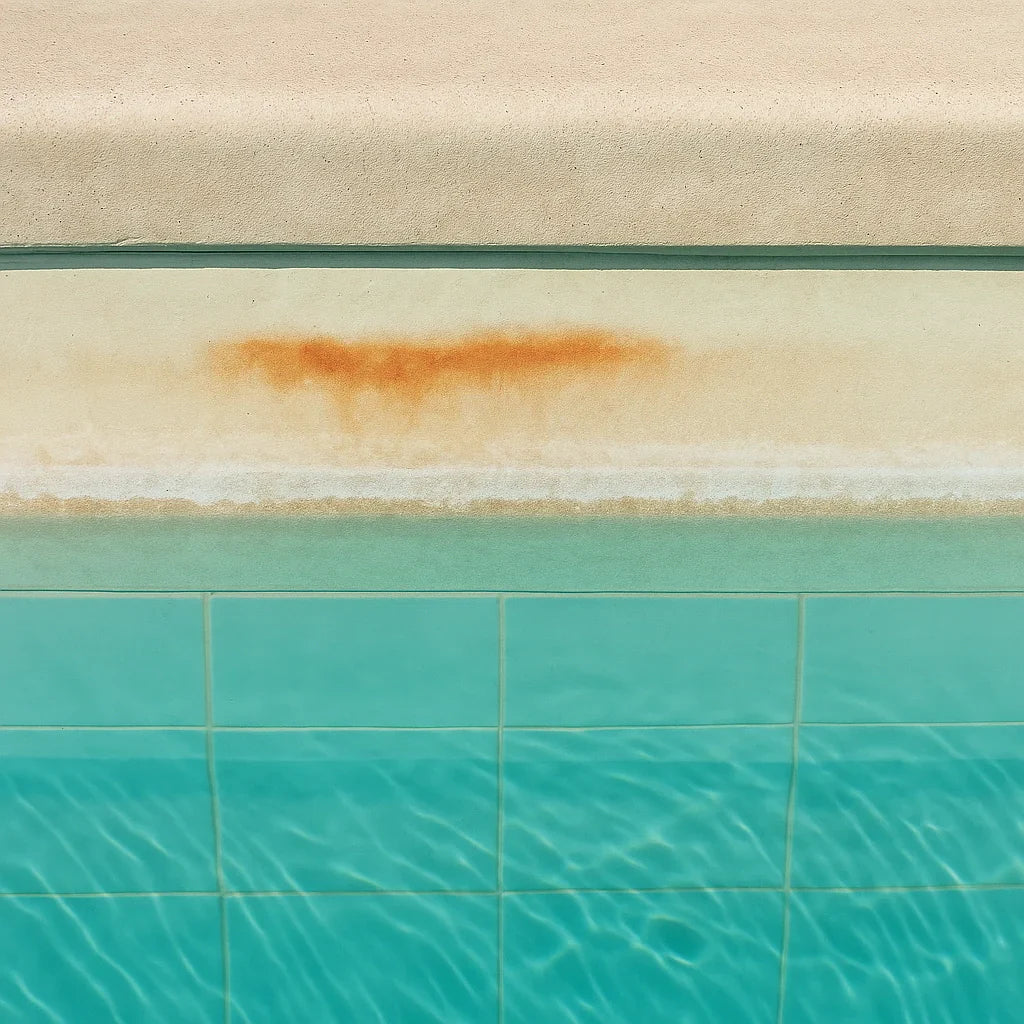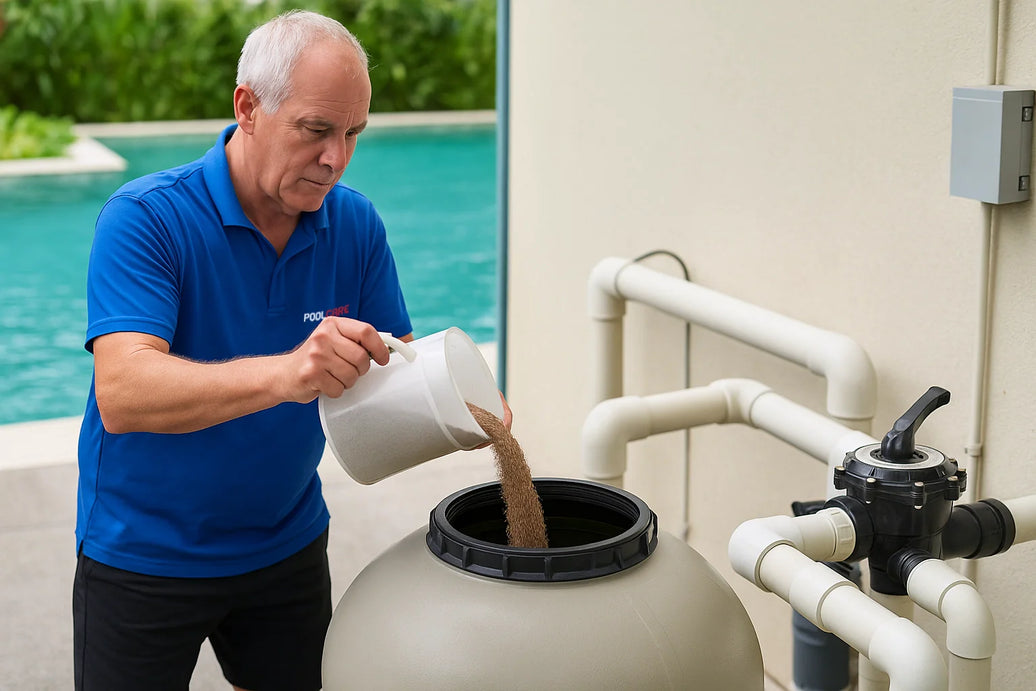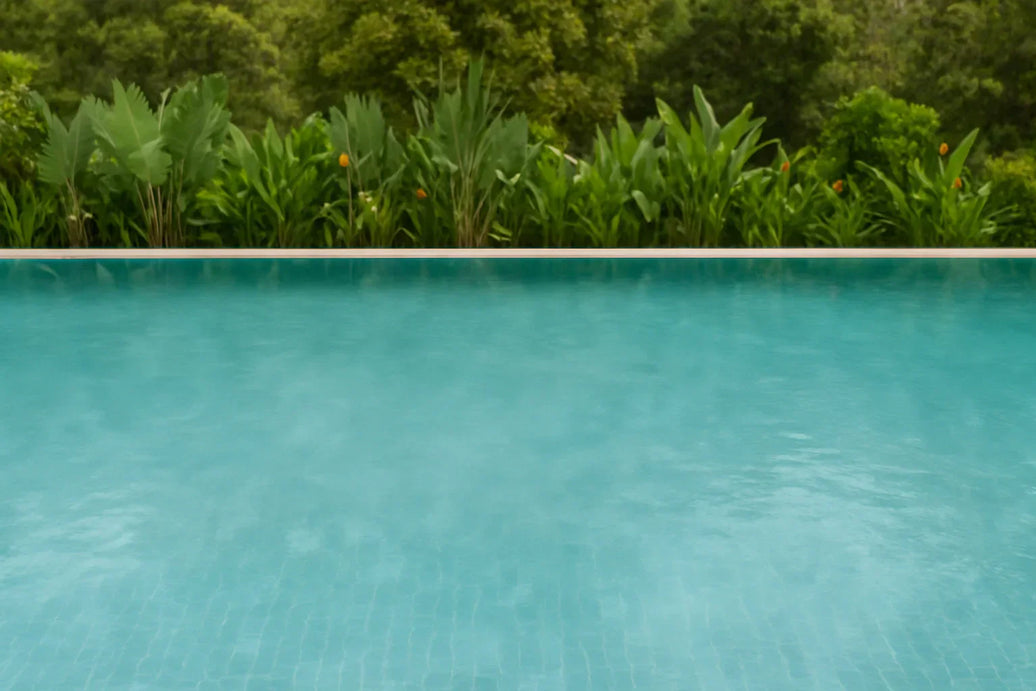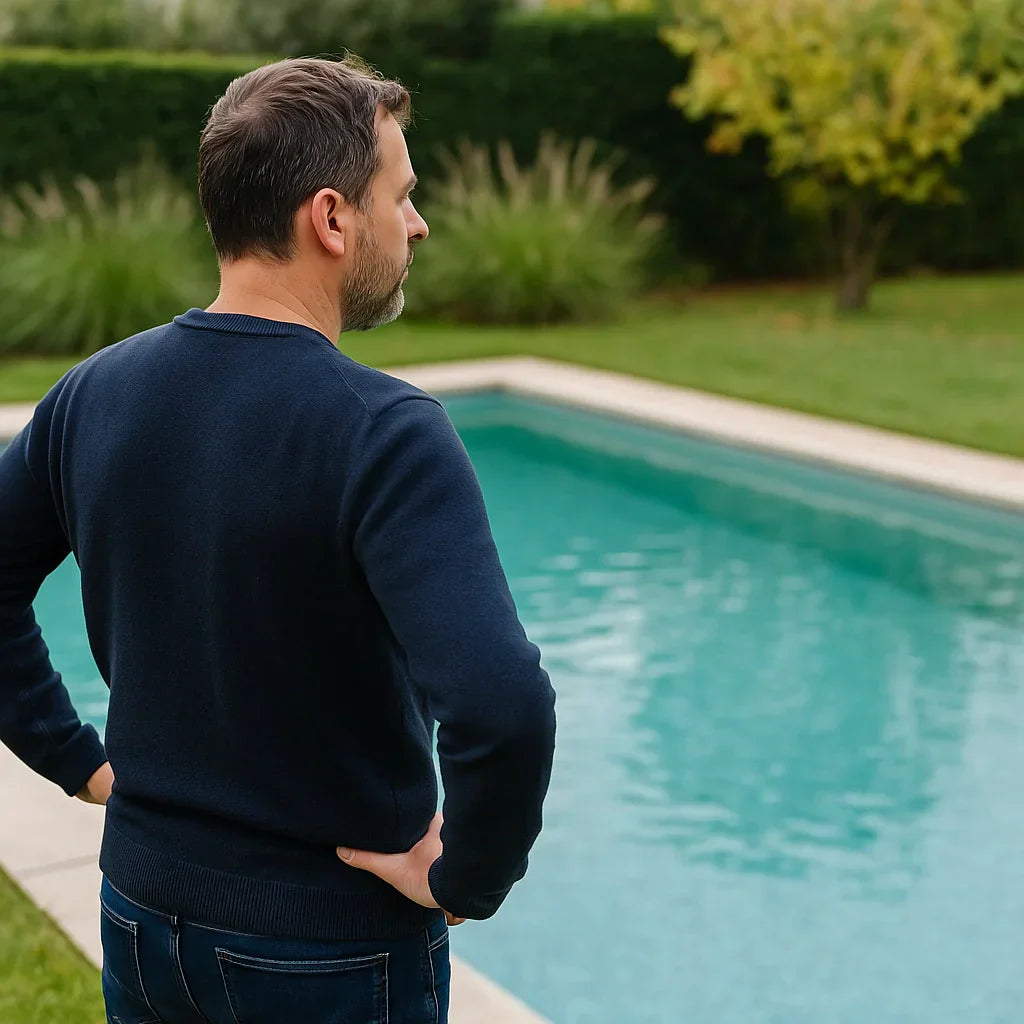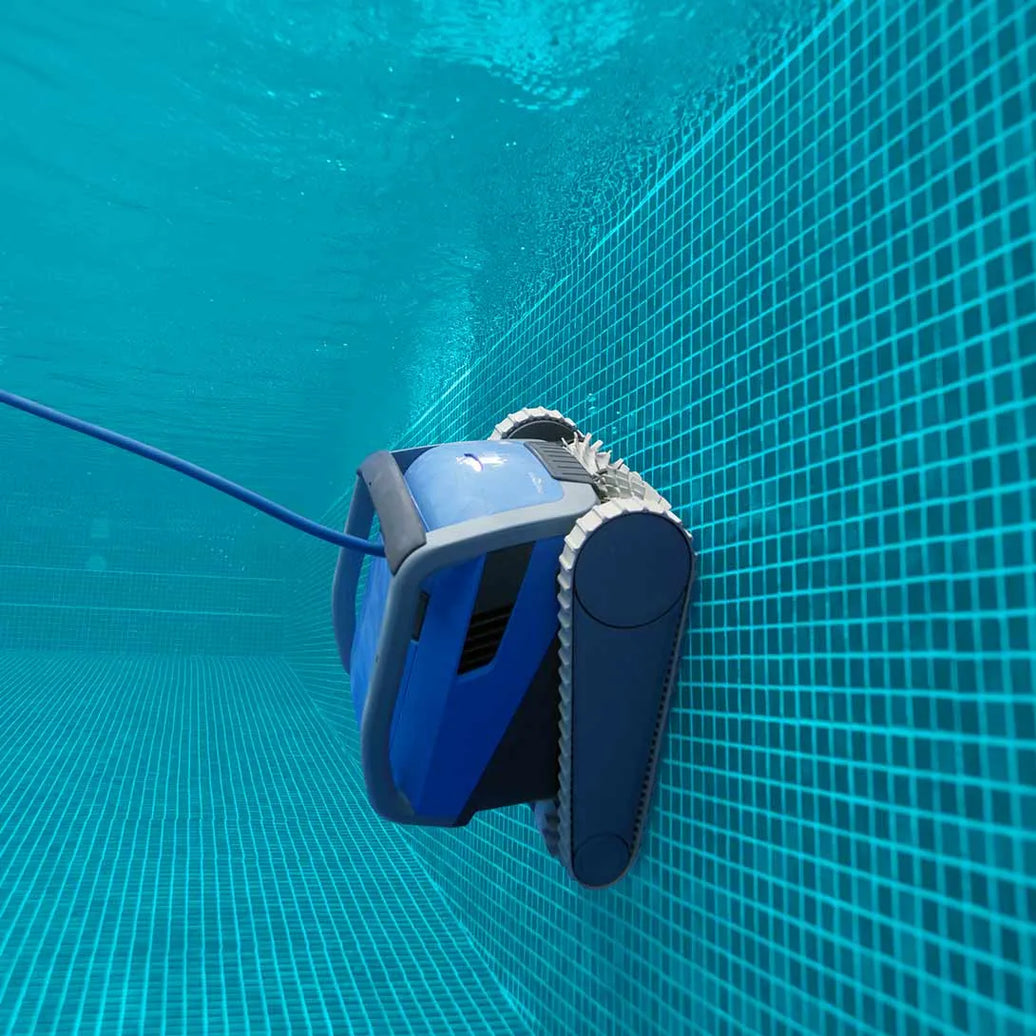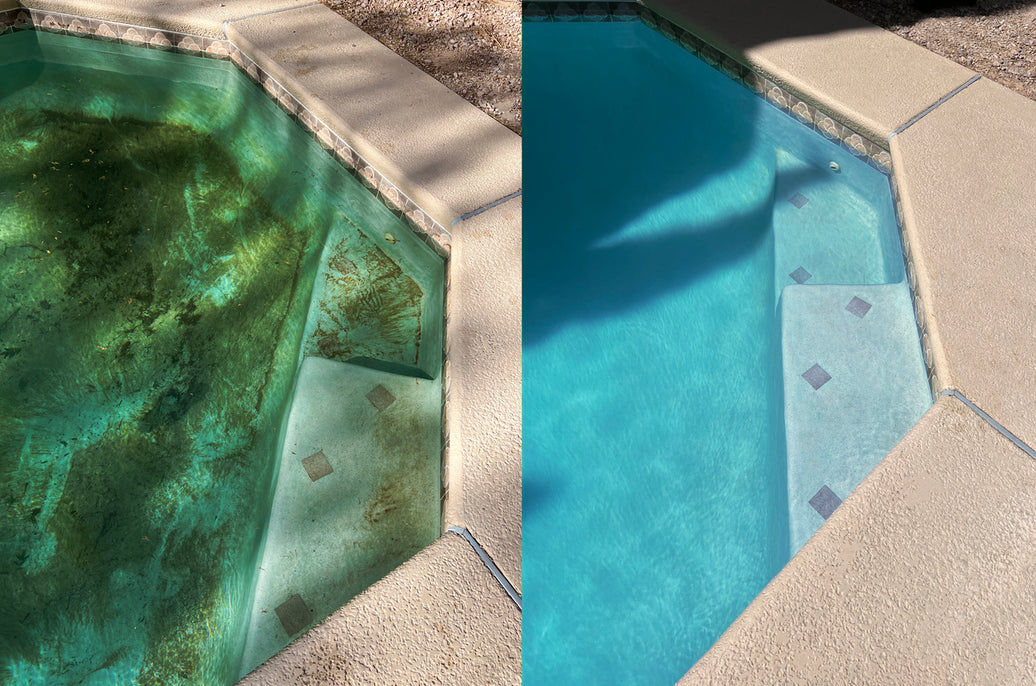Keeping Your Saltwater Chlorinator Running Smoothly
If your pool runs on salt, your chlorinator is doing the heavy lifting when it comes to sanitising the water. It takes ordinary pool salt and converts it into chlorine — automatically and consistently — keeping your water clean without the need to manually dose every few days.
But like any bit of gear, it needs regular care. Here’s how to keep your chlorinator working efficiently all year round.
How a Saltwater Chlorinator Works
Saltwater pools still use chlorine — the key difference is how it gets into the water.
Your chlorinator uses electrolysis to convert dissolved salt into chlorine gas, which then dissolves into the water to sanitise it. This happens inside a component called the electrode cell, usually located in-line with your filtration system.
Because it’s generating chlorine steadily, a salt chlorinator helps maintain consistent levels and can be easier on the skin and eyes than traditional chlorine dosing.
Signs Your Chlorinator Needs Maintenance
-
Low chlorine levels, even when your salt is fine
-
Warning lights or error messages on the control unit
-
Visible scale or white build-up on the electrode cell
-
Water starting to look cloudy or green
-
Chlorinator not turning on or staying on
Basic Chlorinator Maintenance Tips
1. Check Salt Levels Regularly
Most salt chlorinators operate best between 4,000–6,000 ppm of salt. Too low, and chlorine production drops. Too high, and you may damage the cell.
✔️ Test with salt strips or bring a water sample into Poolcare — we’ll test it for free.
2. Clean the Cell (Carefully)
Over time, calcium scale builds up on the cell plates, especially in hard water areas like Tauranga. This reduces efficiency and can cause permanent damage.
🧼 To clean the cell:
-
Turn off power
-
Remove the cell from the housing
-
Rinse off debris with a hose
-
If there’s white scale, soak it in a salt cell cleaning solution (we stock these in-store)
💡 Avoid using anything abrasive or acidic unless it’s specifically formulated for cell cleaning.
3. Check Settings on the Control Box
Make sure your chlorine output setting is appropriate for the season. You’ll need a higher setting in summer and lower in winter.
Also, check that:
-
The timer is set correctly
-
No warning lights or errors are showing
-
The system is powering on with your pump
4. Book a Service If You're Unsure
Not keen to take things apart? That’s what we’re here for. Poolcare can inspect, clean, or replace faulty cells.
How Long Should a Chlorinator Last?
With proper care, most salt chlorinator cells last 3–7 years before needing replacement. The control unit (the box on the wall) often lasts even longer.
Regular maintenance can extend the life of both and save you money in the long run.
Need Chlorinator Advice or Repairs?
We service all major chlorinator brands including Noria, Zodiac, Astral, Davey, and Hayward. We can usually order parts within 2 days for fast turnaround.
📍 Drop into Poolcare at 54A Hewletts Road, Mt Maunganui
📞 Call us on (07) 575 8471
🌐 www.poolcareltd.nzC

